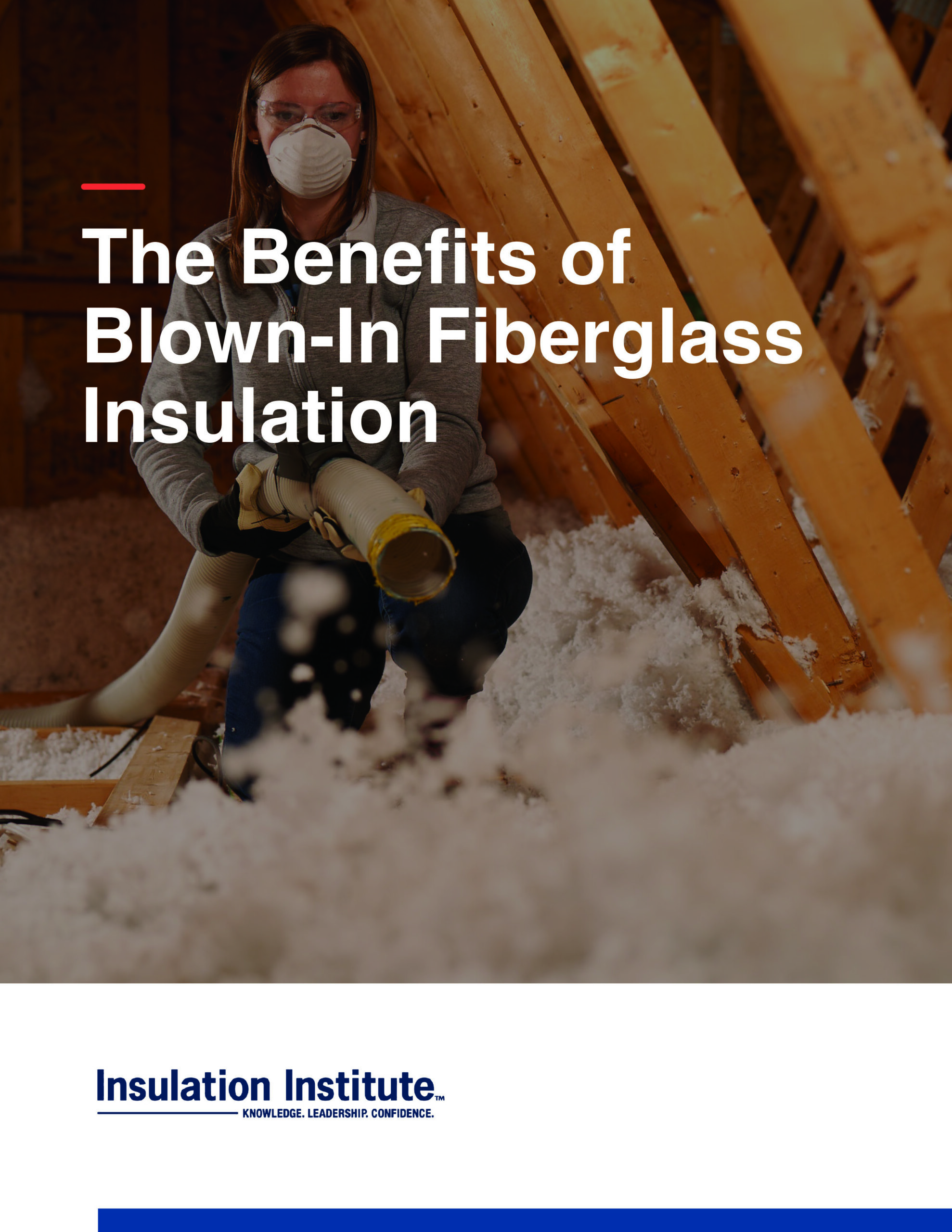A recent report from Zillow, a leader in the real estate marketplace, shows that homes that highlight eco-friendly and resilient features sell up to 10 days faster than those without such features. Moreover, these homes that include features such as energy-efficient windows and solar panels continue to sell for more.
Details »Insulation Institute Blog
Posts Categorized: Energy Efficiency
DOE: Clean Energy Job Growth Stronger in 2021
The U.S. Department of Energy (DOE) recently released the U.S. Energy Employment Report (USEER), an annual report that takes a comprehensive look at national and state-level employment data for the clean energy sector. DOE’s analysis found that the clean energy sector job growth increased by 4 percent in 2021 versus 2020 despite the impacts of the COVID-19 pandemic.
Details »Top 10 States for HERS-Rated Homes
This week, the Residential Energy Services Network (RESNET) highlighted the top 10 states for Home Energy Ratings-scored (HERS) homes in 2021. Twenty-two percent of new construction homes are rated each year, and in 2021, HERS-rated homes totaled more than 313,000. This represents a four percent increase over the number of ratings in 2020 and marks the ninth straight year-over-year increase in HERS ratings, according to RESNET.
Details »New Release: The Benefits of Blown-In Fiberglass Insulation
Blown-in fiberglass (or loose fill) insulation is increasingly popular in new residential construction and in renovations, accounting for 19 percent of current insulation market share and growing[1]. More stringent energy codes, the ease of installation, as well as the safety and health profile of the product over other insulation types have all contributed to the steady growth in use.
Details »Administration Targets Building Codes in New Initiative
The Biden Administration on Wednesday announced a national initiative to advance building codes. The effort is designed to help state, local, Tribal, and territorial governments adopt the latest, current building codes and standards. Doing so, it says, will boost resilience to hurricanes, flooding, wildfires, and other extreme weather events, which are intensifying because of climate change. The added benefit is lower utility bills, especially for underserved communities.
Details »Energy Star 3.2 Cranks Up Envelope Efficiency
The U.S. Environmental Protection Agency recently finalized the requirements for the latest version of its long-running ENERGY STAR Single Family New Home program. The National Version 3.2 puts the thermal envelope requirements of the 2021 International Energy Conservation code front and center. The new version now stipulates mandatory envelope requirements of the 2021 IECC. It ensures a minimum of 10 percent savings over the current requirements of the 2012 IECC and a 20 percent improvement or more in states where older versions of the code are enforced. The new program changes will take effect beginning January 1, 2025. However, when version 3.2 is released this fall, it will be useable with a thermal envelope 5 percent worse than the 2021 IECC (105% UA of 2021 IECC).
Details »Clayton Unveils Net Zero Home
Clayton Homes (a Berkshire Hathaway Company) last month unveiled its first Net Zero home to the public. The company, one of the largest national builders of off-site and site-built homes, paired several energy efficiency upgrades and a solar roofing system to deliver the CrossMod model home it says is both sustainable and attainable.
Details »Realtors Report Increase in Green Home Features
The National Association of Realtors® has just released the results of an annual survey of its members on green home features. The 2022 Realtors and Sustainability Report shows that half of realtors have helped clients buy or sell a home with green feature – a sharp increase from the 32 percent of the previous year. Additionally, 63 percent stated that having energy efficiency information in listings is somewhat or very valuable in selling a home.
Details »NAIMA Releases New 3E Plus Software
NAIMA recently released a new version of its popular 3E Plus software, which allows users to calculate the appropriate thickness necessary for any application of pipe or mechanical insulation.
Details »The $32M DOE Effort to Boost EE
Long-needed energy efficiency improvements in much of America’s public housing means that low-income tenants spend a significant portion of their income on energy costs. Moreover, buildings are the second-largest carbon dioxide emissions source. The U.S. Department of Energy (DOE) seeks to address this by launching an experiment with architects and public housing agencies to retrofit these homes with heat pumps and insulation upgrades to improve their efficiency.
Details »









